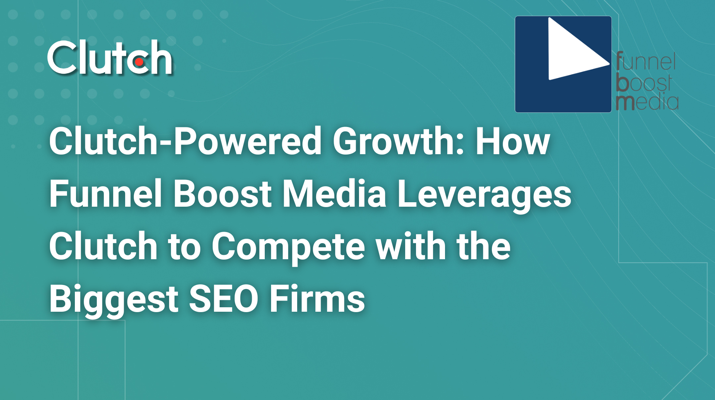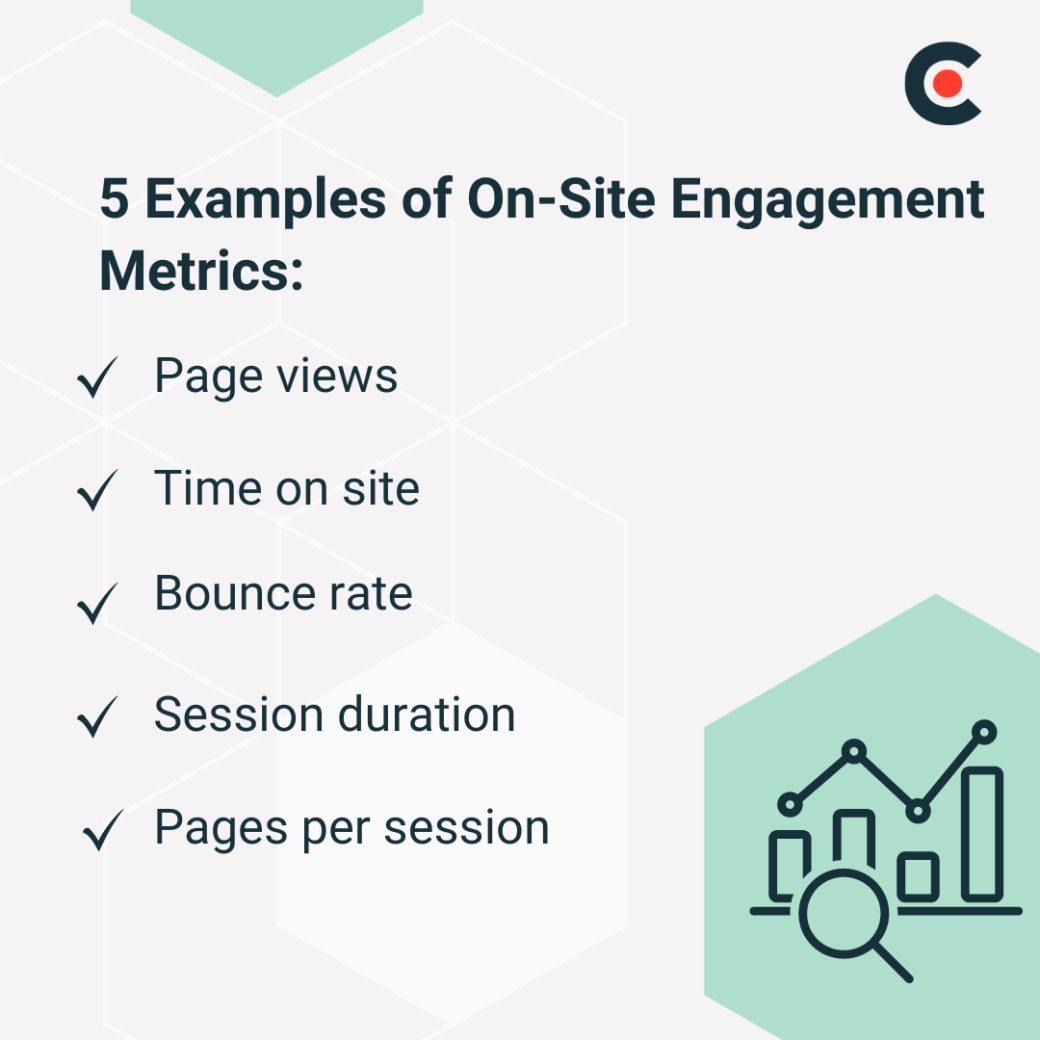

Updated January 2, 2025
From rich snippet visibility to on-site engagement, explore key metrics shaping modern search strategies for increased visibility and impactful digital presence.
Various factors are impacting the way people search for information online. Technological advancements like AI and the rise of new platforms (social media, video, etc.) have revolutionized search algorithms and diversified how users discover information. The demand for diverse content formats like verified reviews and changes in user behavior have also impacted search.
Despite these changes, businesses still need to stay updated with new SEO metrics. Companies need to ensure that their strategies remain effective and aligned.
Looking for a SEO agency?
Compare our list of top SEO companies near you
The digital landscape is dynamic, and what works today may be less effective tomorrow. Staying updated with new SEO metrics ensures marketers can adapt quickly to changing trends, consumer behavior, and search engine requirements, maintaining a strong online presence and visibility.
Marketers should track:
Rich snippets are additional pieces of content that enrich search engine results beyond the standard snippets.

These enhancements can include star ratings, images, and other details that make the listing more informative and visually appealing to users.
Implementing rich snippets effectively can help websites stand out. Businesses looking to optimize their snippets should research SERP features for similar target listings, include relevant images, and craft high-quality content.
Tracking rich snippet visibility as an SEO metric will help your business understand how your content is performing. Businesses can assess the effectiveness of their structured data markup while finding opportunities for improvement.
Tools like Google Search Console can track the visibility of snippets over time. As Google and other search engines continue to emphasize the importance of user experience, using rich snippets becomes increasingly important for businesses looking to improve visibility and drive traffic to websites.
Pixel height refers to the dimension of an image or display. The significance of pixel height lies in its contribution to image resolution. Higher pixel height results in sharper and more detailed images.
In contrast, lower pixel height reduces visual fidelity, which is noticeable in all image types, and negatively impacts user experience and engagement. Along with user engagement, the right pixel height influences click-through rates, which can increase conversions.
Tracking pixel height accurately measures actual visibility on the SERP for specific keywords, domains, or competitors. Understanding pixel-based visibility share enables marketers to optimize content placement for maximum exposure and engagement.
Optimize your content for the right pixel height by implementing image SEO best practices, adjusting for mobile optimization, and using the right image enhancement tools.
Impressions represent the total number of times a user sees a link to a website in search results. This metric indicates the reach and visibility of a website's content across different platforms.
Impressions play a vital role in SEO as they indicate the visibility and performance of a website in search engine results. Higher impressions suggest increased search demand or relevance for specific keywords, highlighting the importance of optimizing content for better visibility and reach.
Monitoring impressions can help businesses gauge the effectiveness of their SEO efforts.
Clicks are closely tied to SEO success. Monitoring clicks allows marketers to see the effectiveness of their content strategies.
Getting users to click on your content is a key indicator of user engagement because it reflects the relevance and appeal of your website's content. By analyzing clicks and click-through rates (CTR), businesses can refine their strategies by optimizing their content to improve overall search visibility.
For businesses looking to boost clicks, relevance is key. Tailor your content to match your audience's interests while acting as an authority for outsiders to look at.
On-site engagement metrics refer to the data that tracks how users interact with a website once they land on it. These metrics provide valuable insights into user behavior, satisfaction, and interest in the content offered on the site.
Examples of on-site engagement metrics include page views, time on site, bounce rate, session duration, and pages per session.

Understanding the impact of these metrics on SEO can lead to strategic adjustments that drive increased organic traffic and improve overall search visibility.
By aligning key SEO metrics with conversion goals, businesses can enhance their online presence, attract quality traffic, and ultimately drive more conversions.
Businesses should track conversion rates and other conversion activities like signups to drive more meaningful actions for their audience.
Some strategies to improve conversion rates include:
A higher conversion rate signifies the effectiveness of your SEO efforts in driving valuable actions and generating leads.
When it comes to tracking SEO metrics, a wealth of valuable insights is available to business owners and marketing teams. By focusing on the right metrics, companies can effectively monitor their SEO performance and make informed decisions to improve visibility, drive organic traffic, and enhance overall search engine rankings.
Each metric highlighted in this article provides unique insights into the health and effectiveness of an SEO strategy and how to optimize an online presence for better search engine performance and audience engagement.
By regularly monitoring and analyzing these critical SEO metrics, businesses can align their efforts with best practices, adapt to algorithm changes, and stay ahead of the competition in the ever-evolving digital landscape.


